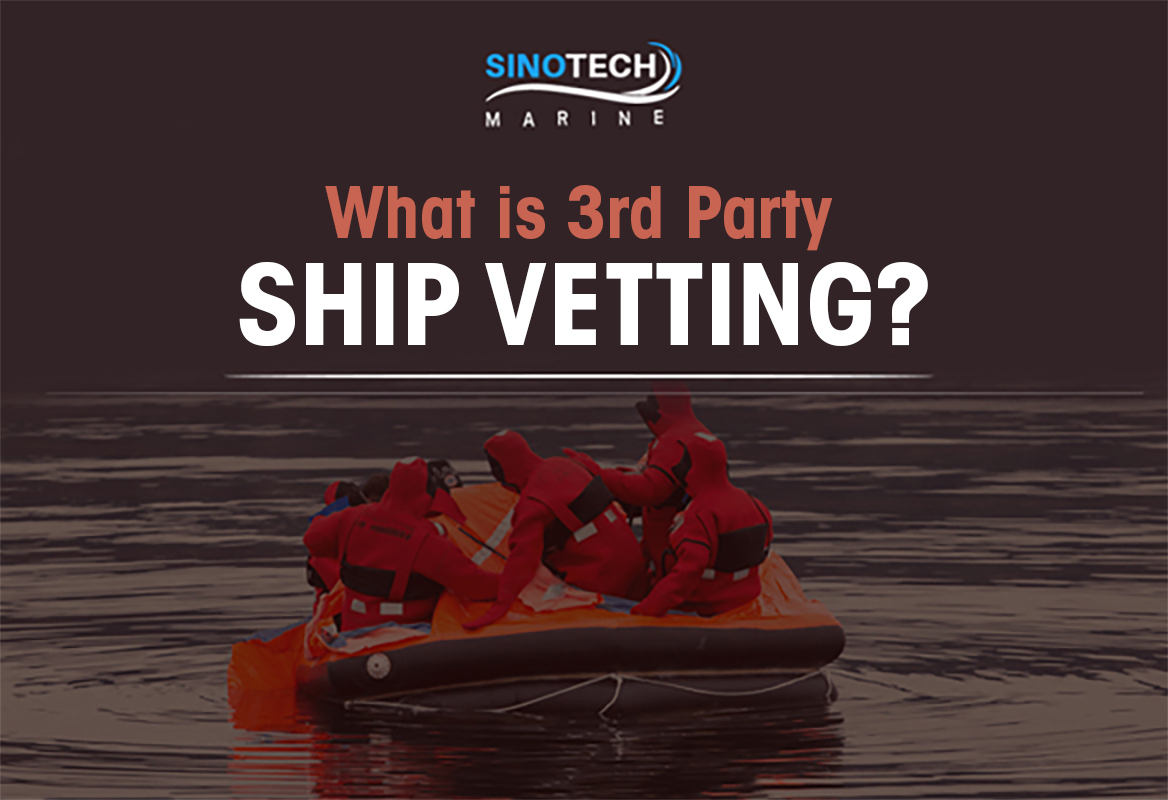
The evaluation of the structural integrity of a ship, the competence of owners, crew members, and all other potential risks are assessed under ship vetting. Ship Vetting is a grading system for any vessel or ship that enables a charterer to draw a comparison between similar ships. And to choose the best as per their needs for increased efficiency. Each and everything in the vessel must be checked. To assess the safety standards and to ensure high quality on vessels, vetting inspections are extremely important.
In this blog, we have mentioned some of the essential points of the procedure that is followed for a ship vetting inspection. Read along to find out the essential ship vetting services specifically for
ship inspection services in Australia.
Safety Familiarisation
One should ensure that all the familiarisation forms have been duly filled. It is a prerequisite that the safety familiarisation should be carried out within 24 hours of joining the ship. It is also mandatory that the evidence for crew training varied out by Master should be present onboard.
SOLAS & FFA Training Manual
These are ship specific manuals that are tailored as per the equipment mandated and present on the ship. These are to be placed and made available in the bridge and officers-crew mess. Each and every officer is required to sign the company manual after going through them.
Isolation Valves
Isolation Valves should be clearly marked and should have free movement. They must be operated weekly so that the spanners are not required, and the movement is free. The fire line/foam line valves and all-foam valves on the deck must be free to operate. Spindles should be properly greased and spanners should be available at all nearby locations.
Fire Plan
The fire plan on display should have all the recommended symbols as per the IMO Resolutions A654 (16). All the latest symbols should be in place. Fire plan container must consist of latest stowage plan, muster list, oil spills duties, crew list, port contact list, etc.
Lifeboat
For starters, the lifeboat(s) should be in proper condition and tidy. All the lights – canopy lights, searchlights, should be working properly. The air bottles should be completely charged, and the steering should be free on both sides. It must have functional sprinklers, and the portholes should be clean. Each and every part of the lifeboat must be checked to ensure its operational integrity.
Expiry Dates
It is essential to confirm the expiry dates of EPIRB, LTA, GMDSS Batteries, HRU, pyrotechnics, lifejackets, immersion suit lights, MOB marker. Verifying the expiry dates is an essential part of ship vetting services.
Drill
The complete drill planner with the drill matrix should be displayed on the bridge so that all officers are well-informed about it. The minutes of the drill should be duly recorded with all the proceedings. If there are any absentees for drills, they must be rotated in such a manner that their participation can be noted.
In addition to the ones mentioned above, the vetting inspections also include IMO Symbols verification, Pyrotechnics, International Shore Connection, Portable Fire Extinguishers, Firefighter’s Outfits, etc. When carrying out ship inspection services in Australia, it is important to have the work-rest hours records and work permits handy.
At
Sinotech Marine, we provide diligent vetting inspections and premium ship inspection services in Australia.
 The evaluation of the structural integrity of a ship, the competence of owners, crew members, and all other potential risks are assessed under ship vetting. Ship Vetting is a grading system for any vessel or ship that enables a charterer to draw a comparison between similar ships. And to choose the best as per their needs for increased efficiency. Each and everything in the vessel must be checked. To assess the safety standards and to ensure high quality on vessels, vetting inspections are extremely important.
In this blog, we have mentioned some of the essential points of the procedure that is followed for a ship vetting inspection. Read along to find out the essential ship vetting services specifically for ship inspection services in Australia.
The evaluation of the structural integrity of a ship, the competence of owners, crew members, and all other potential risks are assessed under ship vetting. Ship Vetting is a grading system for any vessel or ship that enables a charterer to draw a comparison between similar ships. And to choose the best as per their needs for increased efficiency. Each and everything in the vessel must be checked. To assess the safety standards and to ensure high quality on vessels, vetting inspections are extremely important.
In this blog, we have mentioned some of the essential points of the procedure that is followed for a ship vetting inspection. Read along to find out the essential ship vetting services specifically for ship inspection services in Australia.